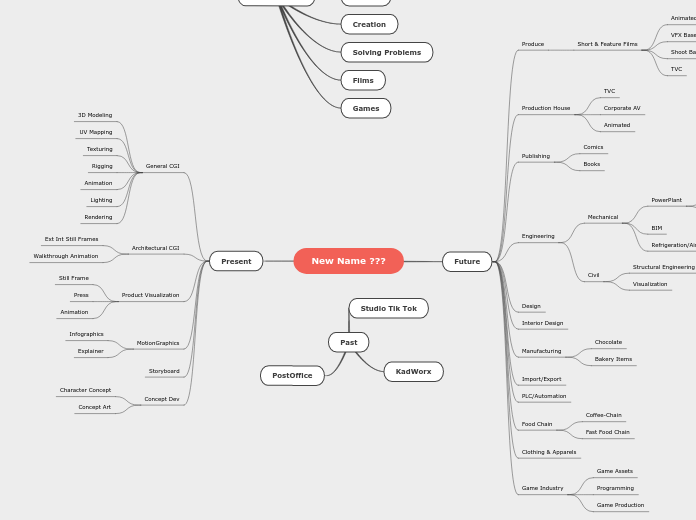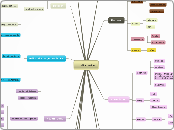av Friedey Chandhini 2 dager siden
14
Factors of Production: The Creation of Tea By Chandhini Friedey
The creation of tea involves several key factors, including capital, labour, and natural resources. Capital encompasses various forms such as money invested in the business, intellectual capital like trade secrets and recipes, non-liquid capital goods such as machinery and buildings, and liquid capital that can be easily converted to cash like wages and advertising expenses.









